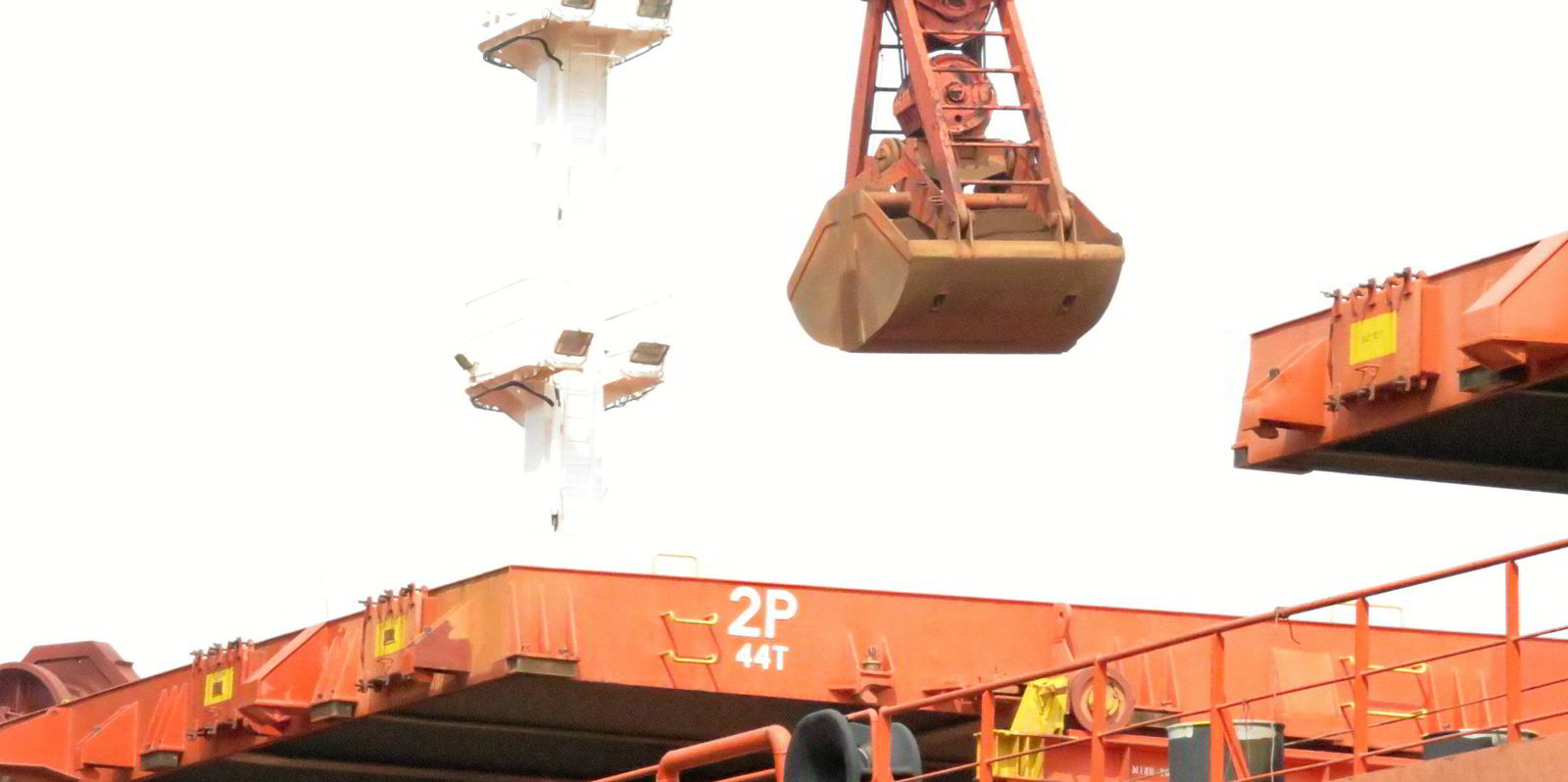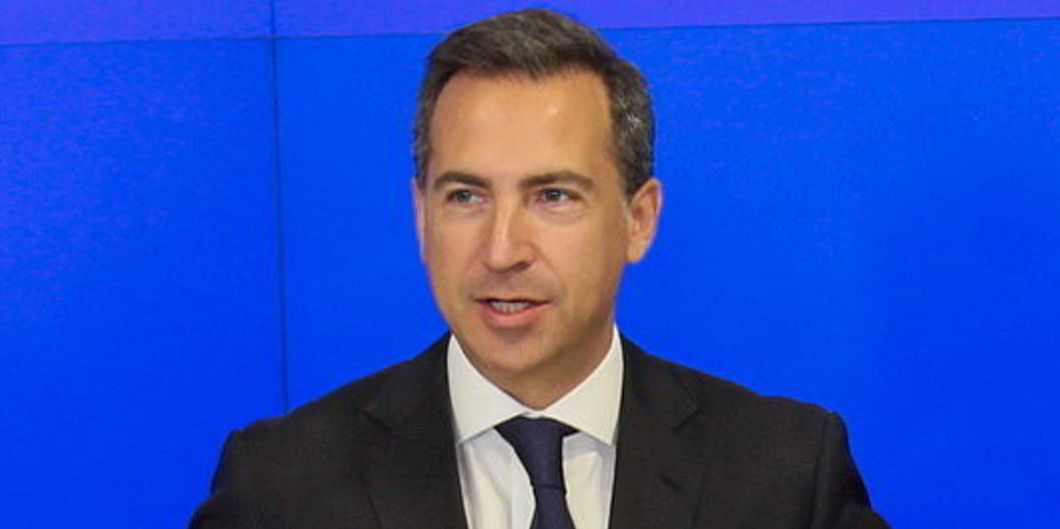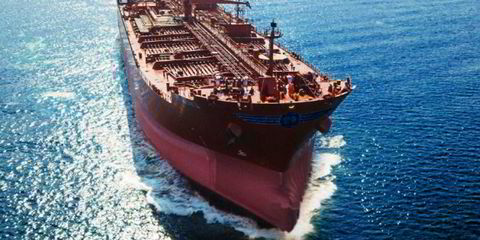The capesize bulker market fell sharply for the second consecutive week amid steadying prices for iron ore and coal.
The capesize 5TC, a spot-rate average weighted across five routes, plummeted 23% over the past week to $51,463 per day on Friday, matching the prior seven-day drop from $83,865 per day.
The rapid descent is a correction from a spot-rate "squeeze" caused by charterers scrambling for capesizes amid spiking iron-ore and coal prices, said John Kartsonas, founder of asset-management advisory firm Breakwave Advisors.
"Traders needed to secure vessels to make cancelling days or risking a significant loss on the trade, as commodity prices swung wildly from day to day," he told TradeWinds.
"This is now correcting, so the urgency to secure ships in order to transport the already purchased materials at the prevailing prices has now cooled down."
The price for iron ore jumped 10.3% in four days to $130.24 per tonne on 11 October before falling in two days to $122.29 per tonne, according to the New York Mercantile Exchange.
The price has remained stable since then, coming in at $122.89 per tonne on Thursday.
Coal has seen similar price volatility over much of the same period, soaring 36% over nine days to $274.50 per tonne on 5 October before falling 16.2% to $230 per tonne in three days.
It has since then slipped 0.7% to $228.50 per tonne on Thursday.
Where are rates headed?
It is difficult to forecast where spot rates will go amid such volatility, but they could lose another $20,000 per day by next month, if not December, Kartsonas said.
"When all is done and settled, I do believe November and December averages will have a 3 in front," he said.
"I do believe the smaller size vessels will act as resistance once the spot approaches such a level."
Australia's Rio Tinto plans to hire a to-be-named 170,000-dwt capesize to ship iron ore from Australia to China at $14.10 per tonne during the first half of November.
The freight rate for a capesize on the benchmark Australia-China route lost $1.24 per tonne on Friday to come in at $14.264 per tonne.
The capesize sector had a "pretty bleak week" amid falling demand in China and less production in rain-soaked Brazil, but the paper market has been signalling a decline, said Nick Ristic, lead dry cargo analyst at Braemar ACM Shipbroking.
"FFAs [forward freight agreement rates] are certainly pricing a fall below $50,000 per day very soon, but the curve has been heavily backwardated for quite some time, so I don't think you can say it was unexpected," he told TradeWinds.
"The fundamentals would suggest that we’ll see things continue to slide into the first quarter of 2022, but as always with capes, we can’t rule out a fourth-quarter spike."
Stamatis Tsantanis, chief executive of pureplay capesize owner Seanergy Maritime Holdings, chalked up the falling spot rates to the volatile nature of this particular dry bulk sector.
"The market went up too high too fast and now it is correcting to these levels," he told TradeWinds.
"We do not see any material changes in demand-supply fundamentals. On the contrary, we believe there is going to be another spike before the year-end.
"We also remain very bullish for the future fundamentals."







